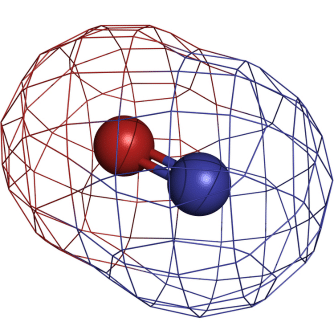Studies have implicated a role for nitric oxide in diabetes, neurodegeneration, atherosclerosis and other aging-related disorders known to involve chronic inflammation. But exactly how nitric oxide exerts those effects – including activation of the inflammatory factor NF-kappaB and the regulatory protein p53, which can induce the death of damaged cells – has remained unknown. SIRT1 is known to suppress the activity of both NF-kappaB and p53, and since its dysregulation has been associated with models of several aging-related conditions, the research team focused on nitric oxide’s suppression of SIRT1 through a process called S-nitrosylation. Cellular experiments revealed that S-nitrosylation inactivates SIRT1 by interfering with the protein’s ability to bind zinc, which in turn increases the activation of p53 and of a protein subunit of NF-kappaB. The study authors submit that: “S-nitrosylation of SIRT1 may represent a proinflammatory switch common to many diseases and aging.”
Molecular Switch May Underlie Diseases of Aging
Shinozaki S, Chang K, Sakai M, Shimizu N, Yamada M, Kaneki M, et al. “Inflammatory stimuli induce inhibitory S-nitrosylation of the deacetylase SIRT1 to increase acetylation and activation of p53 and p65.” Sci Signal. 2014 Nov 11;7(351):ra106.
RELATED ARTICLES




